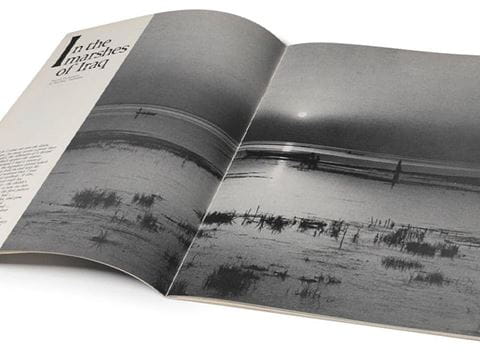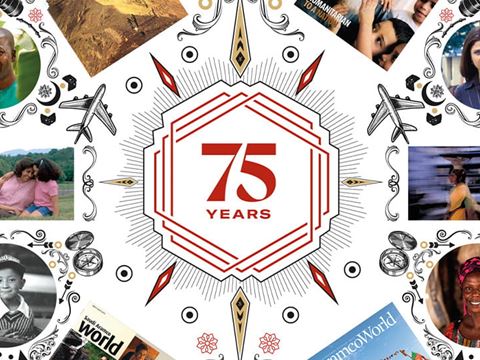FirstLook: The Sphinx Imagined
- Arts
- Photography
Reading time:2min
Postcard collection by Jonathan Friedlander

Two summers ago I was browsing several hundred vintage postcards contained in narrow boxes all piled up in a Stillwater, Minnesota, antiques store. I was searching for images of Middle Eastern architectural motifs and styles found in the American-built environment, and I came across several postcards that each featured an imagined sphinx as seen in natural rock formations. Intrigued, I checked out postcard collector sites online and found more. Now my “Imagined Sphinx” postcards, destined to be part of a much larger collection of Middle Eastern Americana at the UCLA Young Research Library, number about two dozen. They show structures and formations mostly in the US but also around the world, notably in England and France—the two colonial powers that impacted the course of Egyptian history in the 19th and 20th centuries—as well as Switzerland, Romania, Turkey, Kazakhstan and Vietnam. And while the people who named these sites may have never themselves actually visited the Sphinx of Giza, Egypt, guardian of the Great Pyramids, they knew of it through textbooks, prints, paintings, photographs and perhaps even other postcards, from which they appropriated, for novelty and profit, the iconic edifice that has become so embedded in much of the world’s collective imagination.
—Jonathan Friedlander
oac.cdlib.org
You may also be interested in...

FirstLook: Duet
Arts
“Duet” comes from the Latin root word duo which means two. The Duet series focuses on double portraits, a tradition in West Africa.
FirstLook: "In the Marshes of Iraq"
Arts
History
“In the Marshes of Iraq” — November/December 1966
Reflections on Journeys
Arts
History
Part 2 of our series celebrating AramcoWorld’s 75th anniversary this year highlights “visual vagabonding”—the magazine’s expanded use of vibrant images over the decades to fulfill the mission of cultural connection.